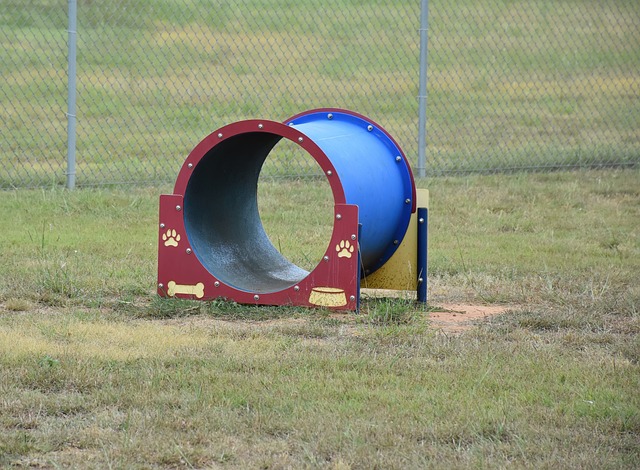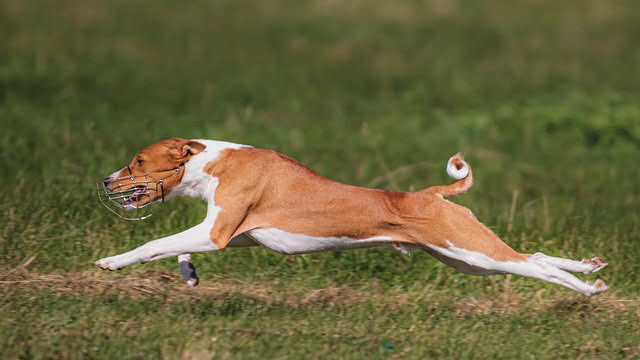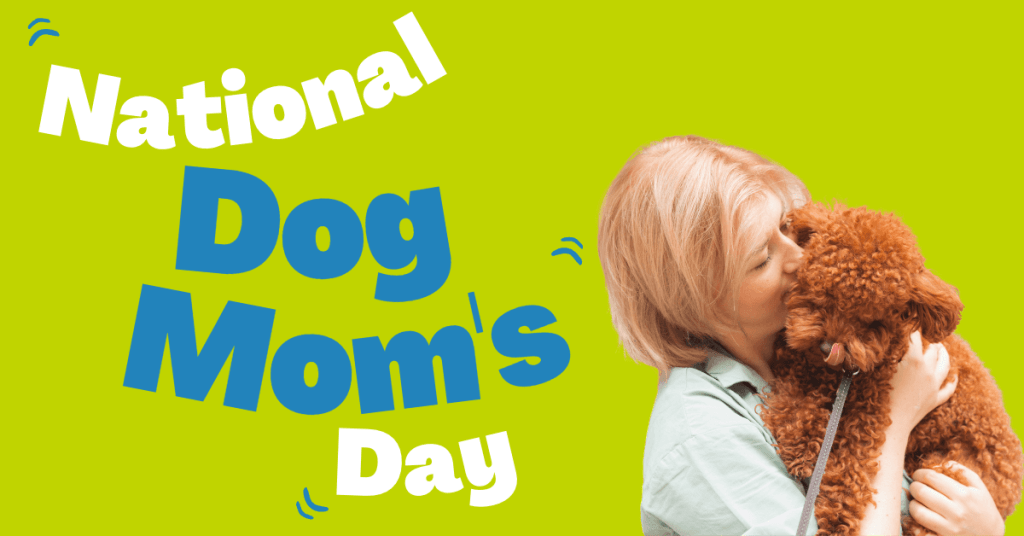How To Start An Easy And Fun Training Routine.

A properly trained dog will make the ideal pet for a happier home. Keep reading to build a best friend in your pet.
If you are working on crate training your indoor puppy or dog, you can always try a few tricks. If your pet is nervous about the crate, consider putting a toy or treat inside to motivate them to go in. They will want to get to the bone, which means going into the crate. Once in the crate, let them know they did a good job by praising them.
There are many different approaches that can be used to crate training your dog easier. Once they go in the crate, let them know they did a good job by praising them.
If you plan to incorporate a crate in dog training, choose one that corresponds to the size of your dog. Keep in mind that puppies grow big. Choose a large enough crate to offer extra space beyond your dog’s dimensions. Don’t restrict the size so much so that the dog cannot lie or turn easily.
Try not to reinforce bad behavior in your dog. This means don’t give your dog with attention or treats or attention for something he should not be doing. For example, do not pet the dog lovingly if it jumps on you the minute you arrive home if this is something you are attempting to cure.
Monitor your own behavior to ensure you aren’t reinforcing your dog’s negative behaviors by mistake. This means that you should never reward your dog, with treats or attention, for doing something you’re trying to train it out of. For instance, do not rub its head when it comes and jumps at you when you get home when you do not want your dog to do this.
Begin the puppy training with a simple task. This ensures that success and your training regimen. This gives you awesome results during the onset.
Keep your dog up to date with dog training, in order to keep him or her compliant with an established set of rules. Too many owners tend to be under the impression that once they have trained their dog, that’s the end of it. However, pets and humans share similar habit systems. For this reason, it is especially important to hold your dog to a strict disciplinary system.
One command that should be taught early to a puppy is “leave it.” This teaches them to drop something and step away from things you do not want him to touch.This basic command teaches them to cease chewing on furniture or items around the house and it keeps them safe from dangerous items.
Avoid costly training tools such as shock collars. They may not work very well and are far too expensive. Also, using devices such as shock collars can restrain your dog while discouraging good behavior. Usually if you do this your dog will respond in the wrong way.
Primary reinforcement is something that you can implement in your training dogs. This utilizes something the dog loves as rewards. Some examples of primary reinforcements are food and rubbing the dog’s favorite treat or a belly rub. This lets your dog know how to obtain something it is interested in having.
Make sure to use the exact same tone with your dog every time you give him a command. This tone tells the dog that you mean business and that they need to obey. It can also help the dog realize the distinction between disciplinary tones and other types of commands.
Start prepping your dog off on the right foot by installing good habits early on. It is far simpler to teach a dog to do something the right way rather than to break bad habits.
Consistency is key when training a dog. If multiple family members are involved in a pet’s training, make sure everyone is using the same commands and a similar system of discipline and rewards. The dog will have an easier time learning if he has only one set of commands to learn and if he knows what response each behavior will receive.
A good tip is to always be aware of other dogs when you are walking your dog. You need to be well aware of any dogs may be aggressive.If you come across an aggressive dog, make sure your dog stays away from it.
Over-training your puppy will expose it to too much at once, rendering the training less effective. Puppies have short attention spans, therefore keep your sessions short and provide ample amounts of praise. If you push too hard, your puppy will remember it as a negative experience, and the next time you work to train him, it will be far more difficult.
Don’t reward destructive or bad behavior. This will only teach the dog learning to do those bad things again. An example of this would be to give the dog treats whenever it barks.
Socialization with other people and pets is an important part of your dog’s training. It is essential that your dog understands how to conduct himself when he is around other animals and people outside the family. This ensures their safety and the safety of others.
Training Sessions
Your dog can, and should, find the training experience to be a positive one. Your dog will enjoy training sessions most and be able to pay attention well if lessons are short. Ten to fifteen minutes is a good guideline. Reward quickly and consistently. Make sure you shower praise on your dog when they do well. When you take a more positive approach to discipline, the process becomes far more enjoyable.
Training sessions should stay short. Training sessions should be no longer than fifteen minutes at a time could leave both you and your dog tired and frustrated.
Challenge your dog on a regular basis. Make sure your dog knows what he is doing by testing him!
Your dog must learn what ‘down’ means.This is an important command will be useful if you need to keep your dog to know in social settings. A dog that understands the “down” command can lower to the ground immediately in a risky situation, which makes it a necessary command for safety.
Training should never involve harsh punishment, no matter what happens. Try to make every attempt to prevent any bad behavior before it happens, but if misbehavior happens, then show him what you wanted him to do. Training sessions are a time to bond with your pet, and instead of instilling fear in your dog, the process should result in a positive and loving relationship.
You should be constantly challenging your dog and re-teaching it the tricks you’ve taught him by providing a challenge at regular intervals. Quiz him to see if he remembers the commands, even if you know he’s still got it.
Try to be aware of your dogs signals to make training easier. Most dogs do the same things when they need to urinate. If you can learn this specific pattern, then you can immediately allow your dog to go out. Doing this will cause your dog to act more appropriately. When you know what your dog does, you’ll be able to react to the signs quicker.
Treats are the best way to get pets to listen well when you start out your training program.Slowly remove the number of treats bit by bit and watch as they continue to follow instructions.
Consistency is the key in dog training. This means remaining consistent with the words for your dog’s commands, your tone of voice, and the provided rewards.
Stop your pup from chewing on something inappropriate immediately if you catch him in the act.
Show your leader status while doing fetch training by having the dog return the ball. If your dog places the ball someplace else and you make the effort to pick it up, you are showing that your dog is in fact the leader. Have the dog bring you the item or else you’ll stop playing with him and you’ll be the leader of the pack again.
In addition, you will also be protecting your dog from harm.
Some dogs bark when they’re bored. If you have a dog that barks when bored, you are responsible. You have to give him the opportunity to get his energy out. Dogs love going for walks and it helps to expel some of their pent up energy. If you are not at home, let him play with chew toys.
Try a shake-can during training. Put some coins in a few coins in an empty soda can and seal it. It will startle the dog causing him to stop his poor behavior. Shake the can only once to avoid desensitizing your dog will become unresponsive to this technique.
Don’t just give your dog treats during training, learn to make use of positive reinforcement as well. Treats are one the best ways to train a dog and they work well. However, it’s unlikely that you will carry treats around every single day for the rest of your dog’s life. To solve this problem, integrate attention in the form of patting or cuddling into your training routine. This can replace treats in some cases.
Do not let other sources of your day or life influence how you speak to your dog when you are training. If the dog has done nothing wrong, you should treat him warmly.
Get your dog ready early for his trips to the veterinarian. Use a gentle pass of your hand along their body to let them know that they are being praised when they act correctly. Try and teach him to be tolerant of having his teeth and paws examined. Ask your friends to help out, as well.
Dogs that don’t like being away from separation anxiety should learn to be comfortable with multiple people. The dog needs to develop relationships to other people around to get rid of its fixation with you.
Never get angry at your pet. Understand that if your dog isn’t responding to your commands, then it’s likely your fault, not theirs. Instead, find another method of training your dog.
Any behavioral issues that suddenly warrant a visit to your veterinarian to rule out health conditions causing it. Pain in an animal can cause dogs to act differently. This behavior may help the owner to identify that there is something wrong with him.
Your dog must feel secure and confident to be able to absorb training correctly. If they do not feel safe, they may show bad behavior. To prevent this from happening, always make sure your dog is in a comfortable, safe area.
Lots of people think that puppy training is complicated, confusing and stressful; however, this isn’t true. The key is having the right attitude, a lot of patience and enough discipline to follow through. Successful canine training is achieved by people who have these three traits.
In order to train a dog to have good behavior, it should not be walked on a tight leash. When your dog is on a tight leash, he’ll pull constantly. This is a response that you don’t want your puppy to establish. You should make sure that the leash is comfortable for him.


